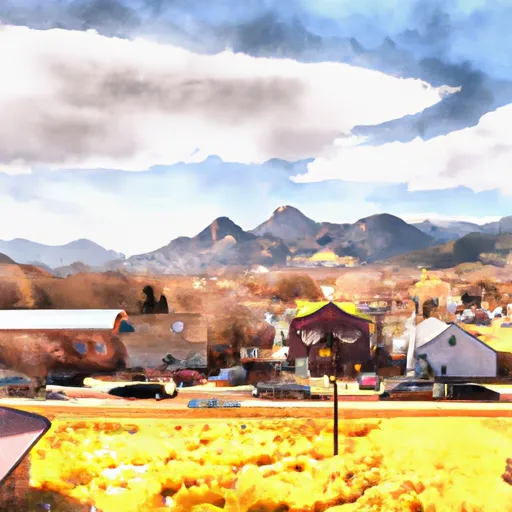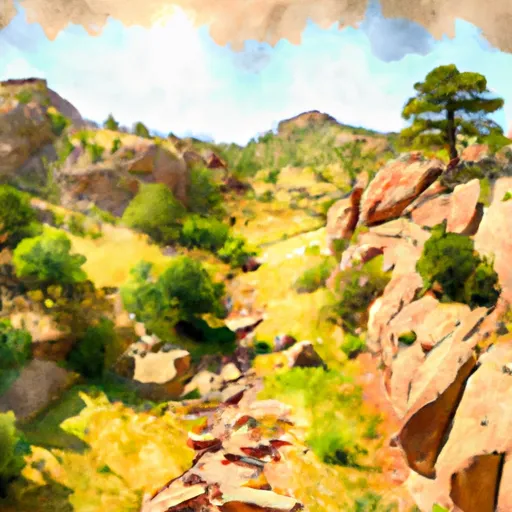°F
°F
mph
Windspeed
%
Humidity











Kittredge, Colorado is a small town located in Jefferson County, nestled in the picturesque foothills of the Rocky Mountains. The climate in Kittredge is characterized by warm summers and cold winters, with an average annual temperature of 50°F. The town experiences mild precipitation throughout the year, with snowfall occurring during the winter months.
Hydrologically, Kittredge is surrounded by numerous streams and creeks that flow through the area, including Bear Creek and Turkey Creek. These water bodies provide scenic beauty and recreational opportunities such as fishing, kayaking, and tubing.
Outdoor enthusiasts visiting Kittredge can explore the nearby Mount Falcon Park, which offers breathtaking views of the surrounding landscapes and a network of hiking and biking trails. The park is also home to the ruins of the historic Walker Mansion. Additionally, the nearby Evergreen Lake offers boating, fishing, and ice skating opportunities.
Overall, Kittredge, Colorado provides a pleasant climate, beautiful hydrological features, and a variety of outdoor recreation opportunities, making it an attractive destination for nature lovers and adventure seekers.
Weather Forecast
Kittredge receives approximately 497mm of rain per year, with humidity levels near 50% and air temperatures averaging around 7°C. Kittredge has a plant hardyness factor of 5, meaning plants and agriculture in this region thrive during a short period during spring and early summer. Most plants will die off during the colder winter months.
Regional Streamflow Levels
2
Cubic Feet Per Second
3
Cubic Feet Per Second
0
Cubic Feet Per Second
5
Cubic Feet Per Second
Nearby Camping
| Camping Area | Reservations | Toilets | Showers |
|---|---|---|---|
| Painted Rocks | |||
| Colorado | |||
| Round Mountain | |||
| Wildhorn | |||
| The Crags | |||
| Riverside |



